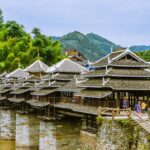In the vast land of China, there lies a unique railway station that stands out from the rest—Badong Railway Station. Instead of being situated in a bustling metropolis, it is nestled in a remote corner of Badong County, Hubei Province, nearly a hundred kilometers away from the county seat. To reach this station, travelers must endure a two-hour bus ride, adding a significant challenge to their journey.
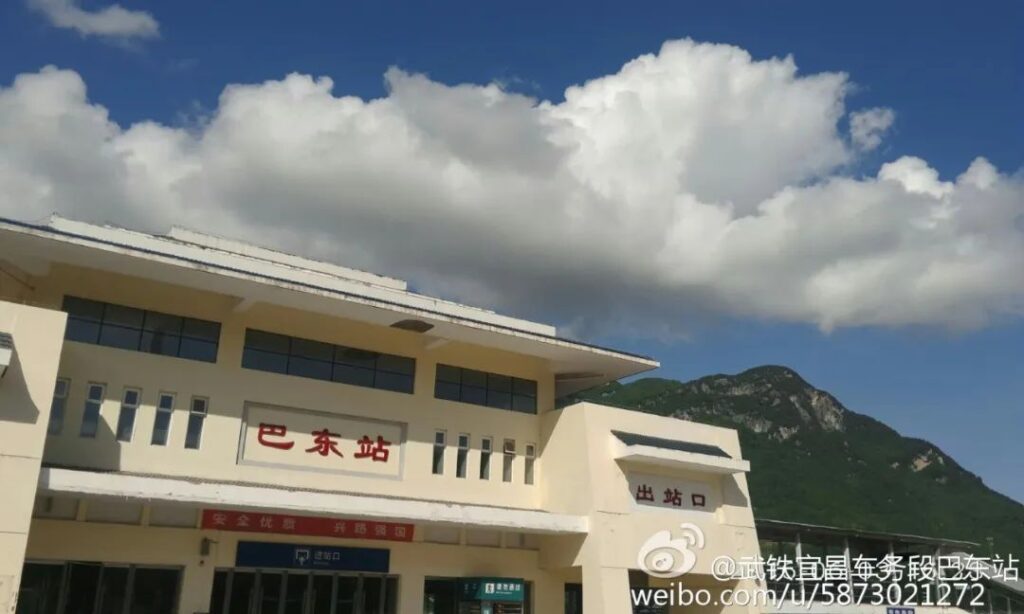
For most passengers, this geographical location undoubtedly increases the difficulty of travel.
Badong Railway Station, an important node on the Yiwan Railway, serves a county with a population of nearly 570,000. However, the passenger flow at this station is exceptionally low. The reason behind this lies in its unique geographical position. Although the station is named after Badong County, its platforms are located in Liujiashankou Village, Yesanguan Town, far from the county seat. Surrounded by endless mountains, with only scattered buildings in sight, it is no wonder that the passenger flow at this station, hidden deep in the mountains, can hardly compare to those located in city centers.
Inside the waiting room of Badong Railway Station, despite having 180 seats, more than half of them often remain empty. Whenever a train departs from the platform, it leaves behind only a handful of passengers and a large number of staff members diligently manning their posts. Some even jokingly say that there are more staff than passengers here.

However, despite the remote location of Badong Railway Station, Badong County itself boasts numerous attractions worth visiting. There is a local saying: “Go to Brazil for football, go to Badong for tourism.” This refers to the famous 5A-level scenic spot, Shennong Stream. With its stunning mountains and clear waters, it is a must-visit destination for travel enthusiasts. Therefore, although the passenger flow at Badong Railway Station is limited, the tourism resources of Badong County still attract many visitors to come and explore.
Shennong Stream
Shennong Stream is undoubtedly the glittering “business card” of Badong.
Looking around, the water and sky seem to merge into one, and the mountains compete in beauty, each displaying its unique charm. Everywhere the eye can see, the magnificence of Longchang Gorge, the elegance of Yingwu Gorge, the steepness of Shennong Gorge, and the peculiarity of Yanzi Cave are all captured in sight.
Every scene here is like a meticulously crafted work of art, dazzling and breathtakingly beautiful.
The emerald-green pools are deep and crystal clear, with the stream water sparkling like an enticing jade under the sunlight, resembling a brilliant gem embedded in the earth.

The waterfalls, like the Milky Way hanging upside down or a white silk suspended in the air, showcase the wonders and magnificence of nature in their unique ways, leaving one in awe.
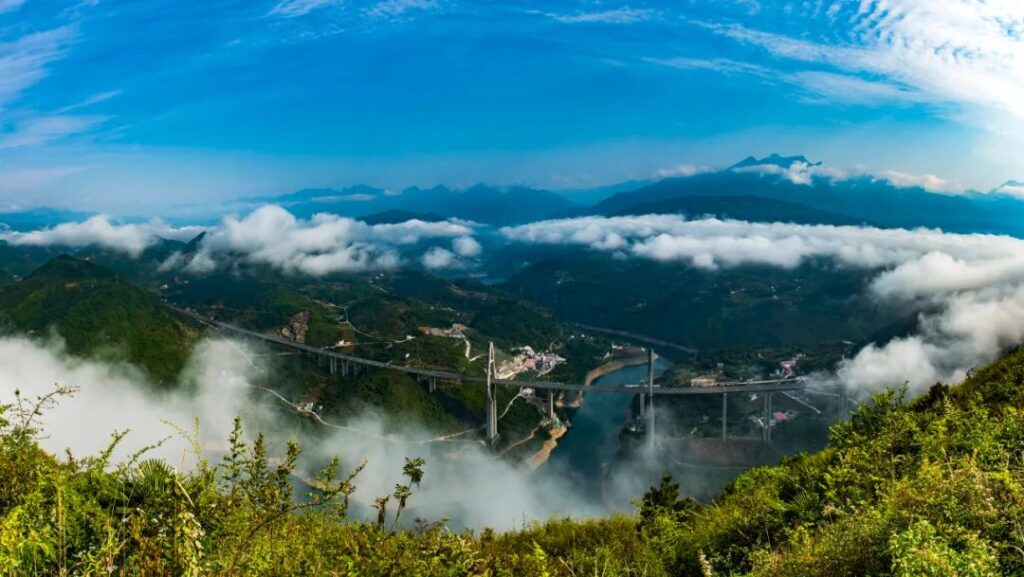
The Badong section of the Wu Gorge stretches for 22 kilometers, with deep and long canyons, towering peaks, misty clouds, and winding rivers. Boating through it feels like entering a magical gallery, where every painting is filled with poetic beauty.
“Ten thousand peaks, vast and mighty, a single river runs through; the key to Jingxiang, its momentum is strong.” This poem aptly describes the magnificent scenery of the Badong section of the Wu Gorge.

At the Wu Gorge Mouth Scenic Area, the Lianzi Stream of Damian Mountain makes a 90-degree turn, known as the “First Bend of the Yangtze River.” At the bend, Leigong Mountain stands silently, as if guarding this magical land.
Standing on Damian Mountain and overlooking the gorges and rivers, the majestic, enchanting, and spectacular scenery is truly breathtaking.
If you feel that the beauty of Badong is not enough to satisfy your soul, why not take a walk around the surrounding areas? After all, it is located in the picturesque Enshi, where every inch of land exudes a charming ambiance, and every landscape is worth savoring.
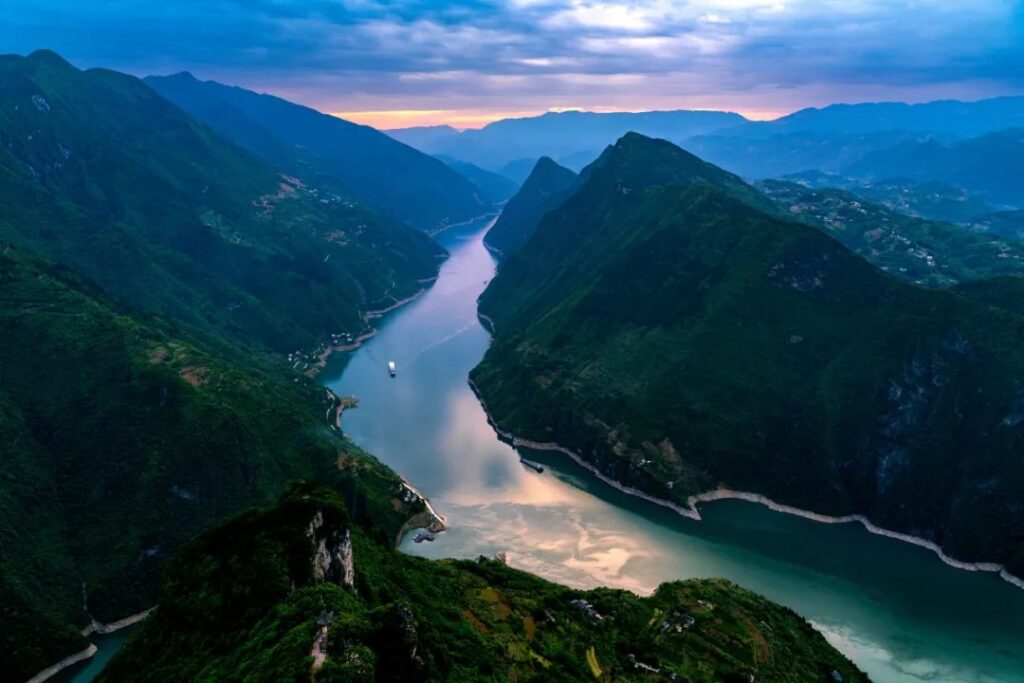
Enshi
Enshi is a dreamlike paradise, hidden in the embrace of the subtropical monsoon mountain humid climate. With distinct seasons, warm winters and cool summers, rainy and hot seasons coinciding, and frequent fog and humidity, it feels like stepping into a celestial palace.
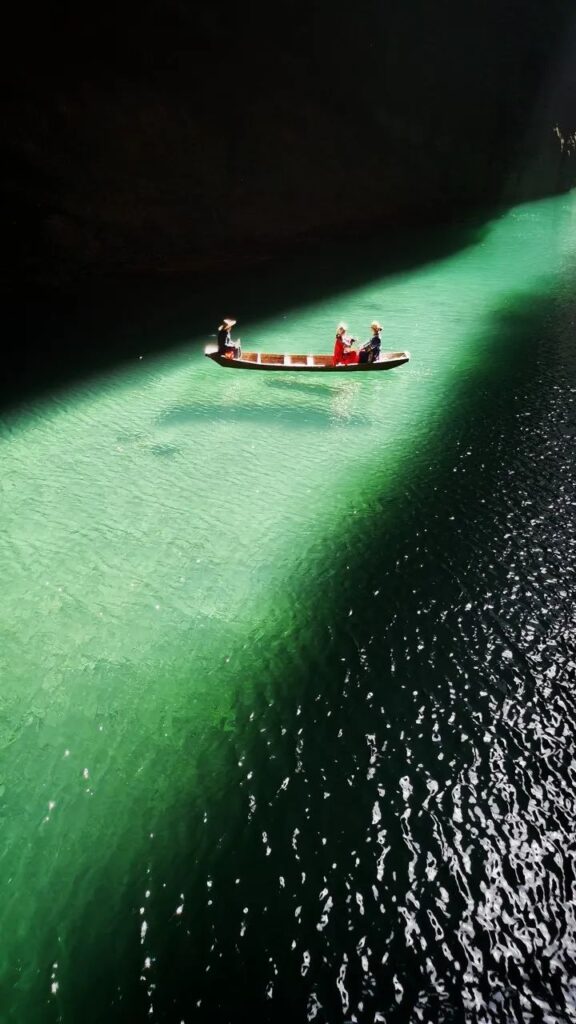
Enshi Grand Canyon
As soon as you enter the Grand Canyon, it feels like being drawn into a fantastical dream. Surrounded by mountains and shrouded in mist, the scenery unfolding before your eyes is like a series of heavenly paintings. The deep canyon, like a giant dragon winding its way through, tugs at the heartstrings of travelers.
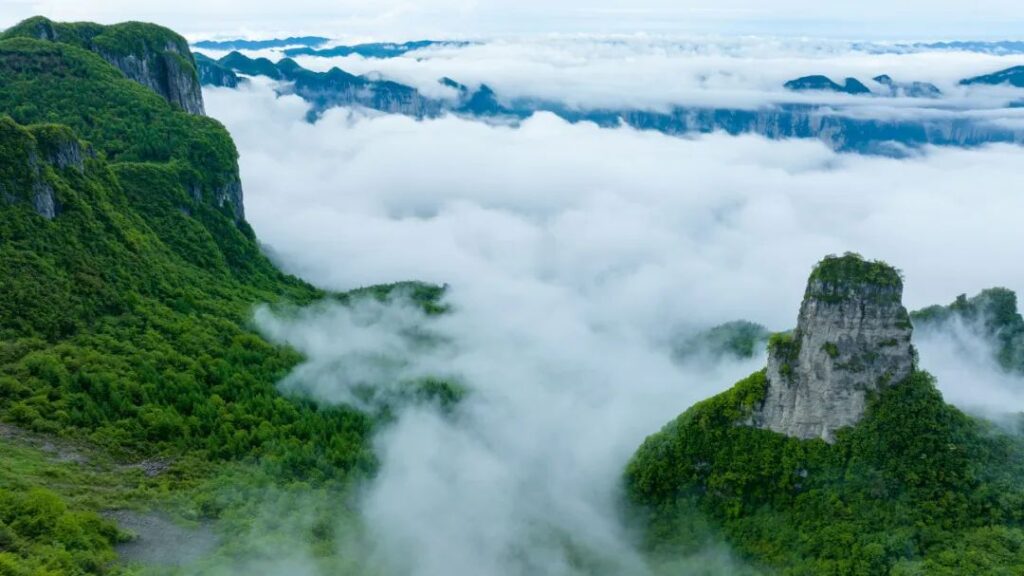
Navigating through the cliffs and precipices, the shocking power and grandeur of nature come rushing at you.

The mountain ranges soar into the clouds, the water flows gently, and the sunlight filters through the clouds, casting a golden glow, creating a beauty that takes one’s breath away.
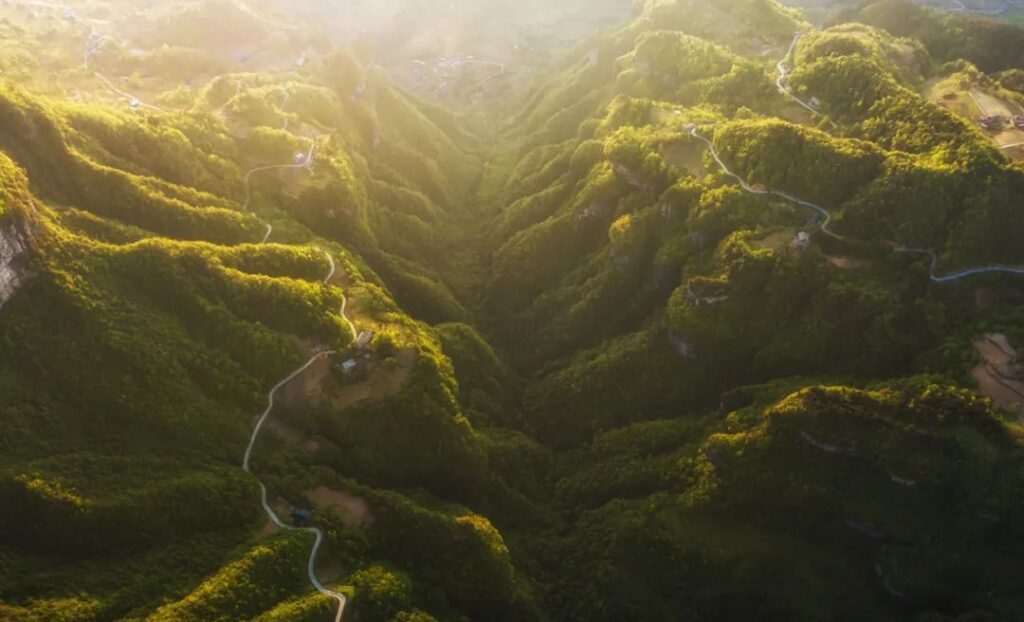
Hubei Pingshan Grand Canyon
Arriving at Pingshan Grand Canyon, you’ll be greeted by crystal-clear lake water, azure blue and mirror-like, with shimmering ripples on the surface.

Surrounding the canyon, towering peaks stand tall, and myriad deep gorges are scattered throughout, creating a tragic yet magnificent landscape painting.
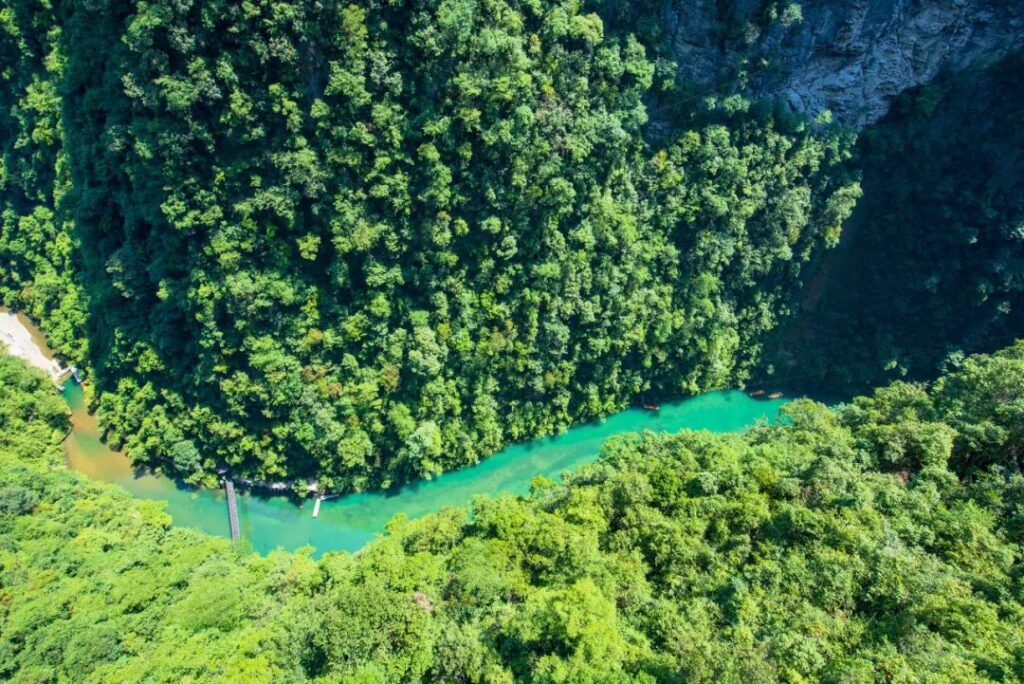
The mountains, waters, vegetation, peaks, valleys, cliffs, and precipices here are poetic and picturesque, with a sense of raw beauty containing vibrant greenery, and a blend of grandeur and eternal grace.
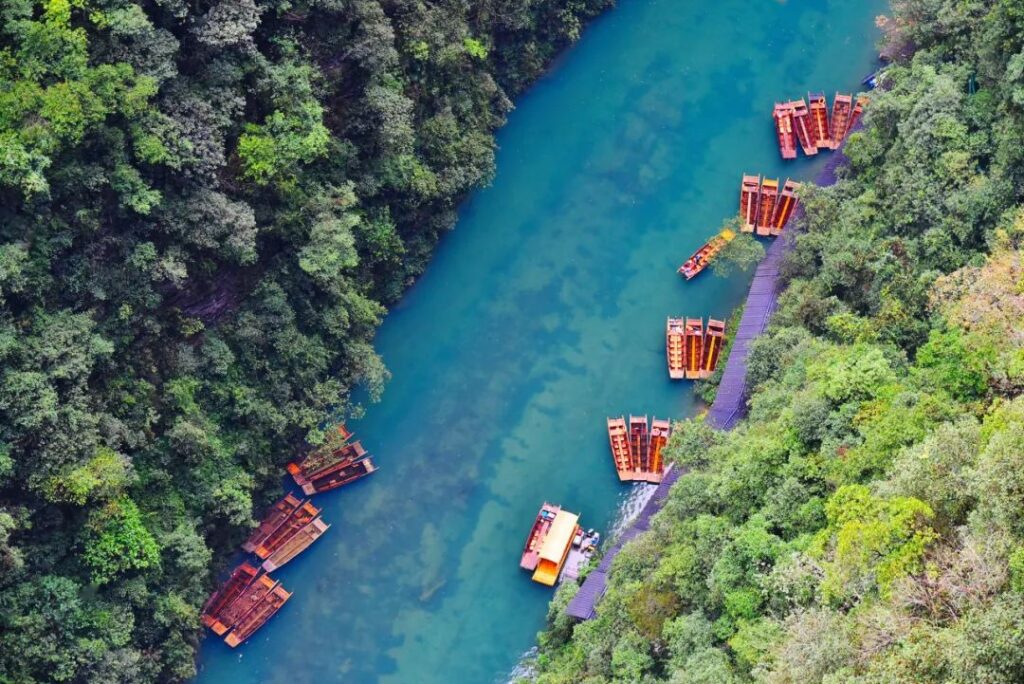
Tusi City
When mentioning Enshi, one cannot miss Tusi City.
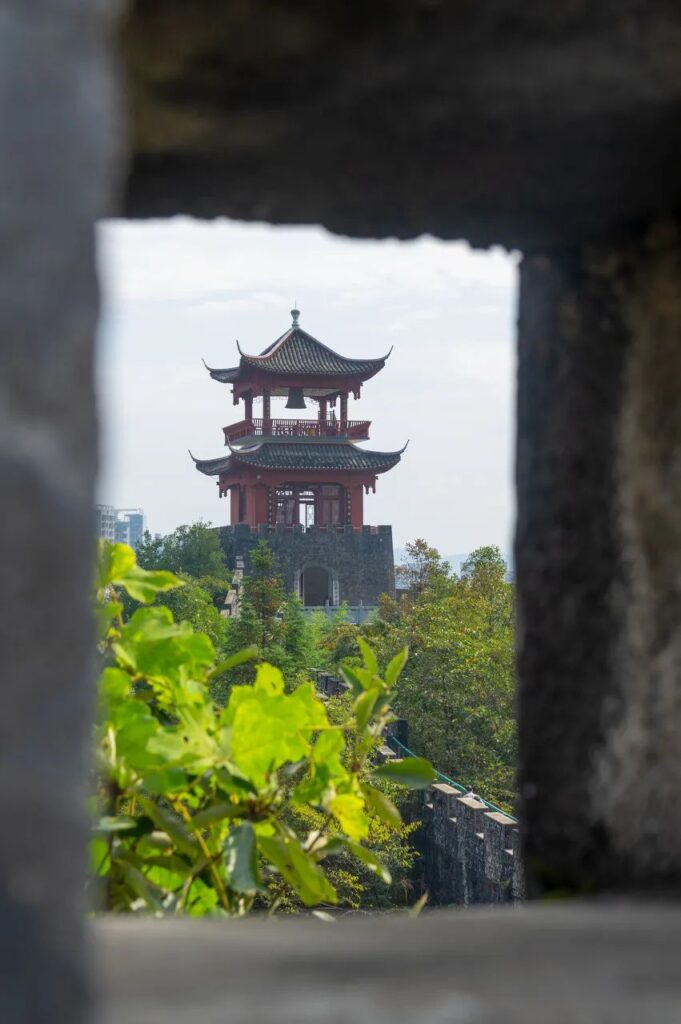
This ancient city seems to transport you through a thousand years, where a single day feels like traversing through millennia of history. The Nine-Hall Palace of the King’s Mansion is the core and essence of the city, with its courtyards and architectural regulations fully displaying the prestigious rank of the Tusi.
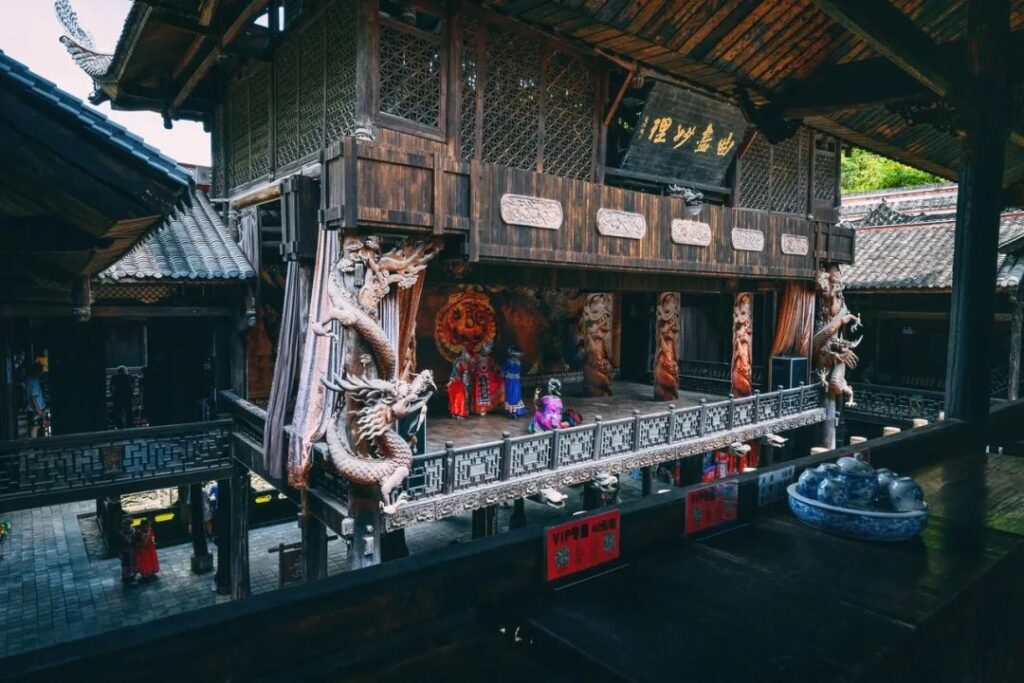
Standing atop the buildings and gazing into the distance, you’ll find dense forests and surrounding mountains, making Tusi City a magnificent sight nestled in this mountain hollow.
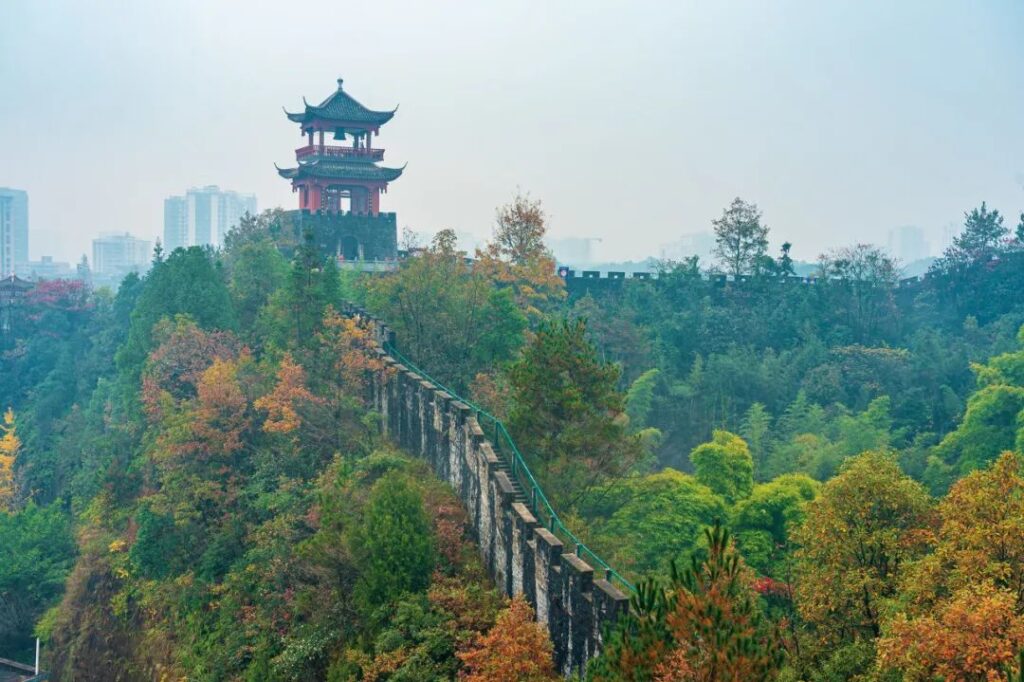
Suobuya Stone Forest
Suobuya Stone Forest, hailed as the world’s premier Ordovician stone forest, resembles a giant gourd surrounded by lush green screens and competing peaks. The unique “dissolution patterns” and “crown-wearing” formations are the highlights, with narrow crevice secrets and ancient fossil remains visible everywhere, as if it were a museum of ancient geology.
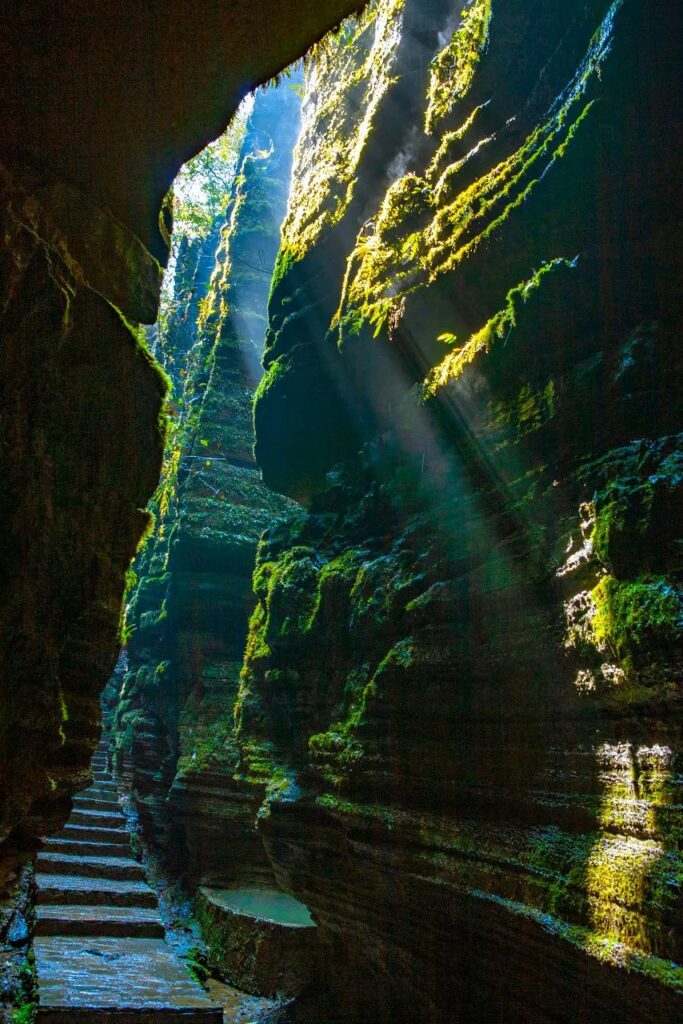
According to expert research, this stone forest formed during the Ordovician period 460 million years ago, possessing a stunning beauty that captivates visitors like an underwater maze.
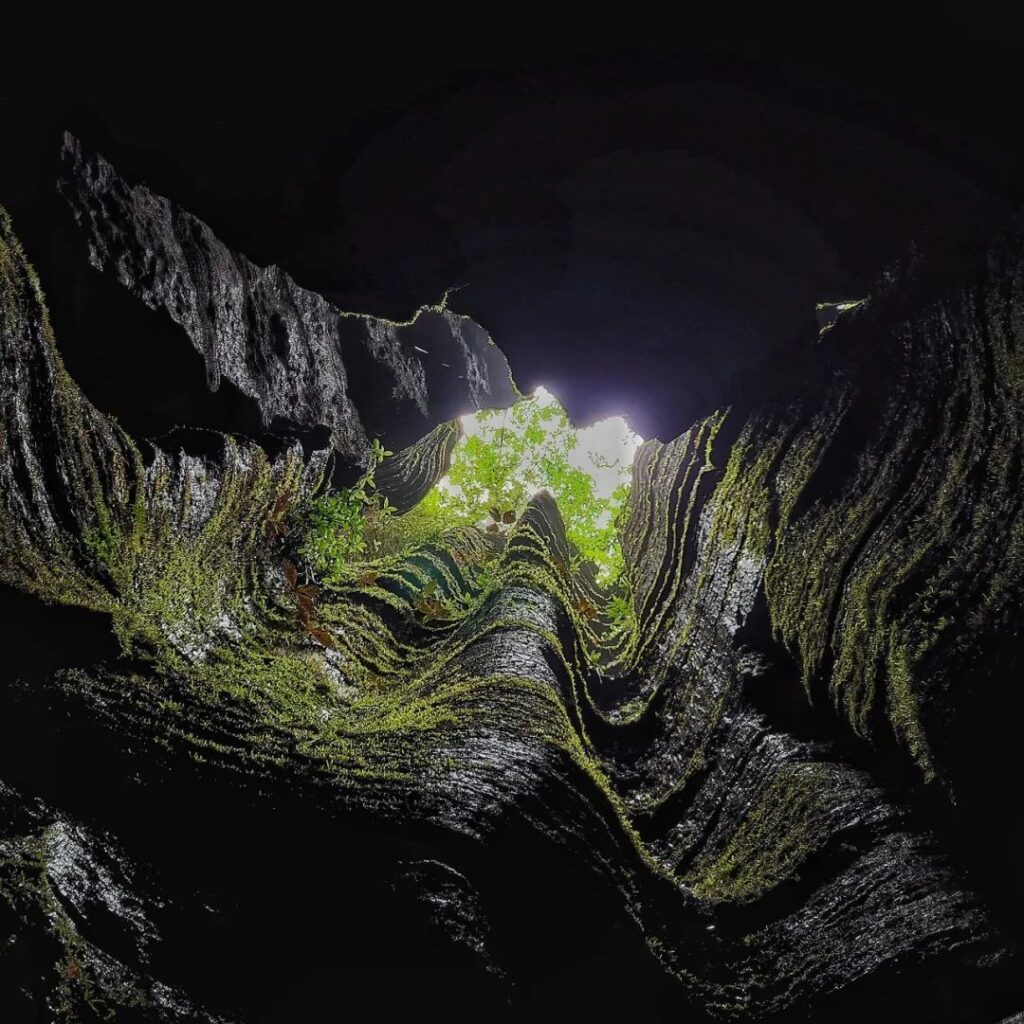
Luyuanping
Luyuanping, situated on the Jianghan Plain and backed by the Daba Mountains, faces the rippling waters of the lake. Here, the scenery of lakes and mountains coexists with the nourishment of river water, bringing a pleasant climate and abundant natural resources to Luyuanping.
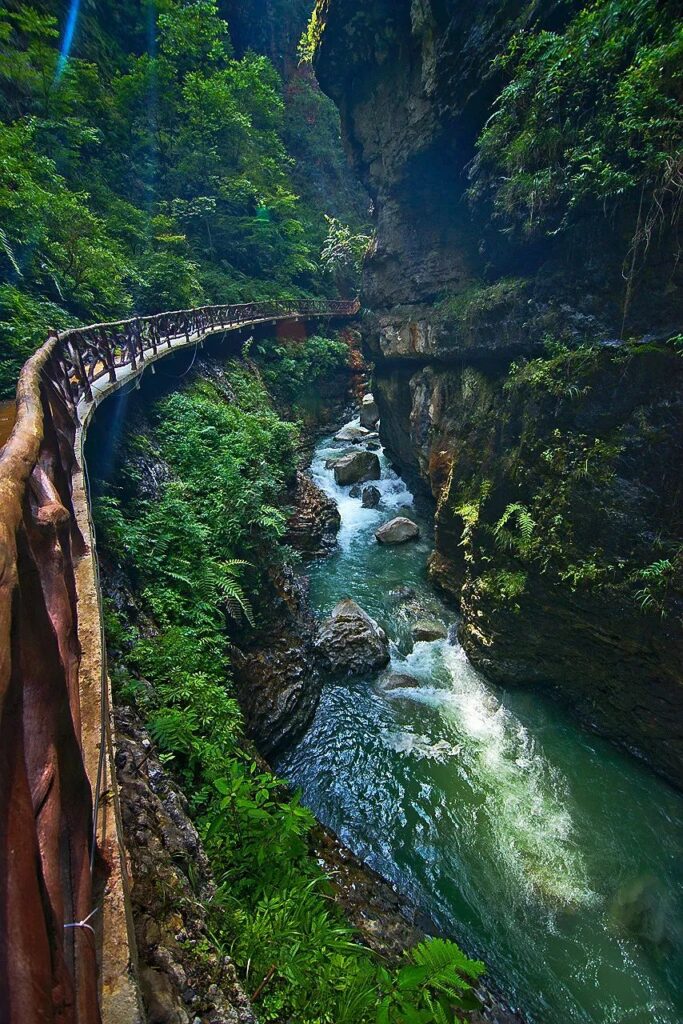
Walking along the lakeside, it feels like entering a tranquil and mysterious fairyland.
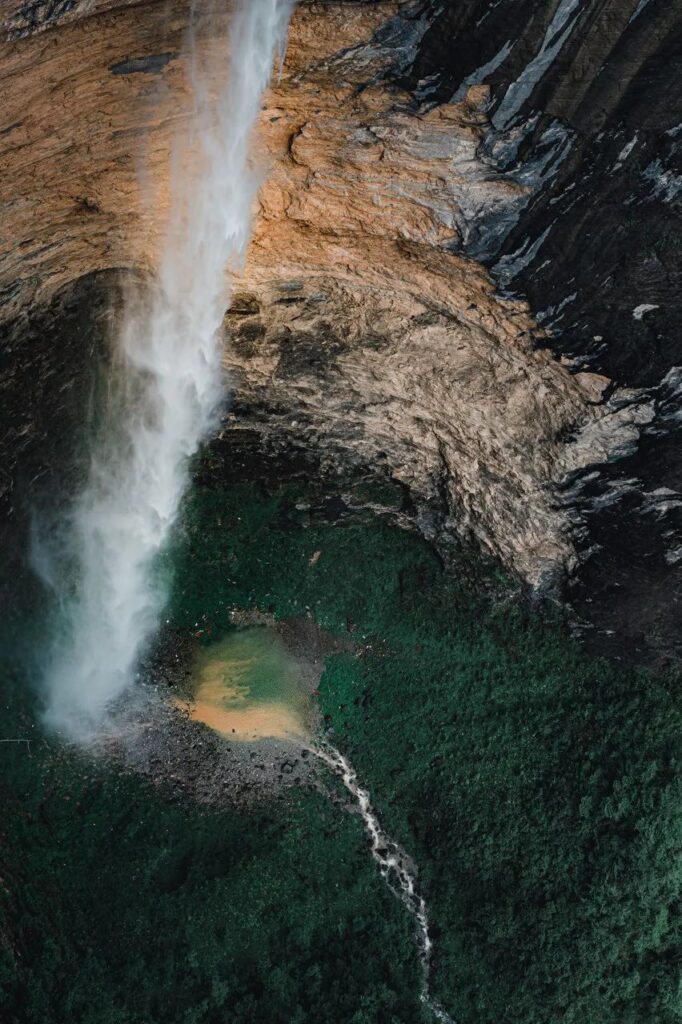
The air is fresh, and the lake water is so clear that you can see the bottom, washing away the dust from your soul.
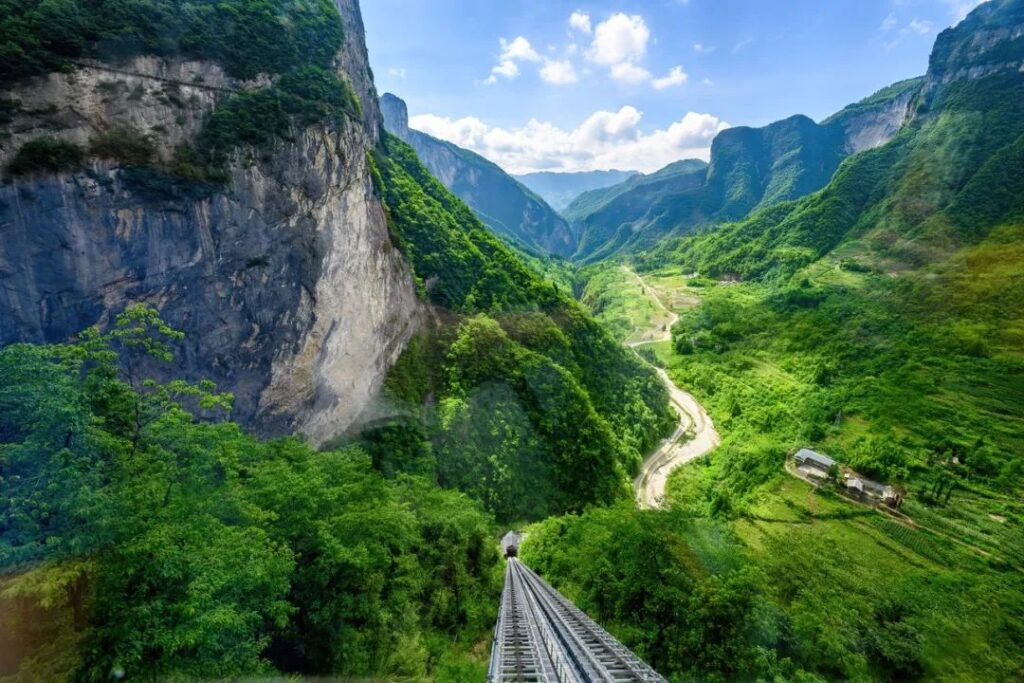
Xuanen Shizi Pass Floating Bridge
The floating bridge at Xuanen Shizi Pass is known as the “Lingering Dream of the Corridor Bridge.”
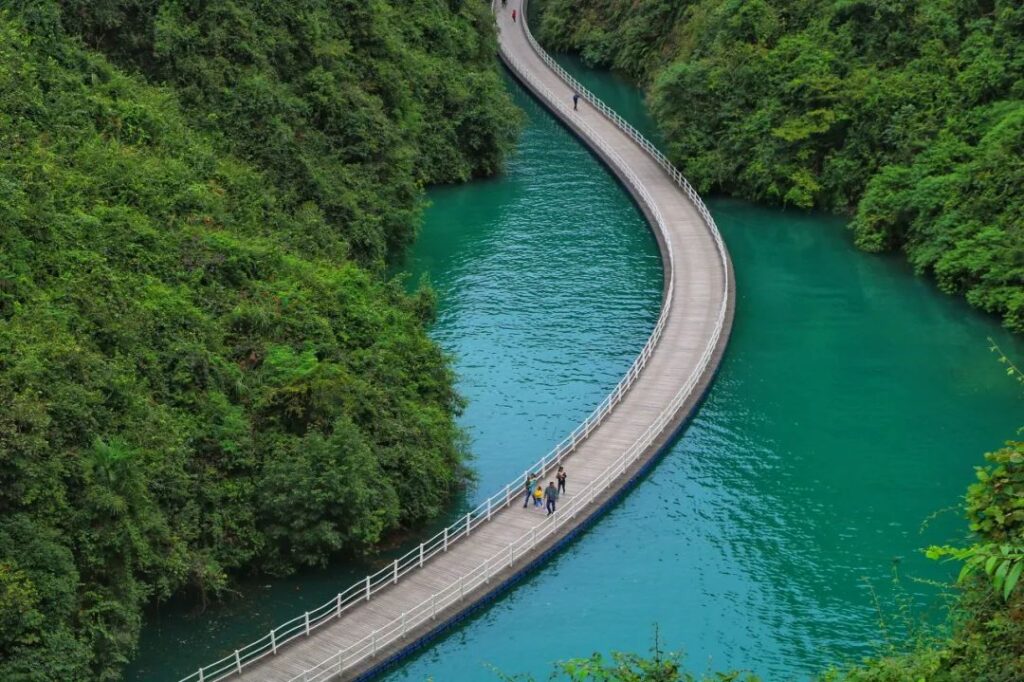
The green mountains on both banks stretch far and wide, the rivers are clear and graceful, and the floating bridge winds endlessly, like a beautiful landscape painting. In autumn, the mountain forests are a riot of colors, and the clear breeze sweeps across the lake’s surface, bringing a refreshing coolness that is extremely romantic.
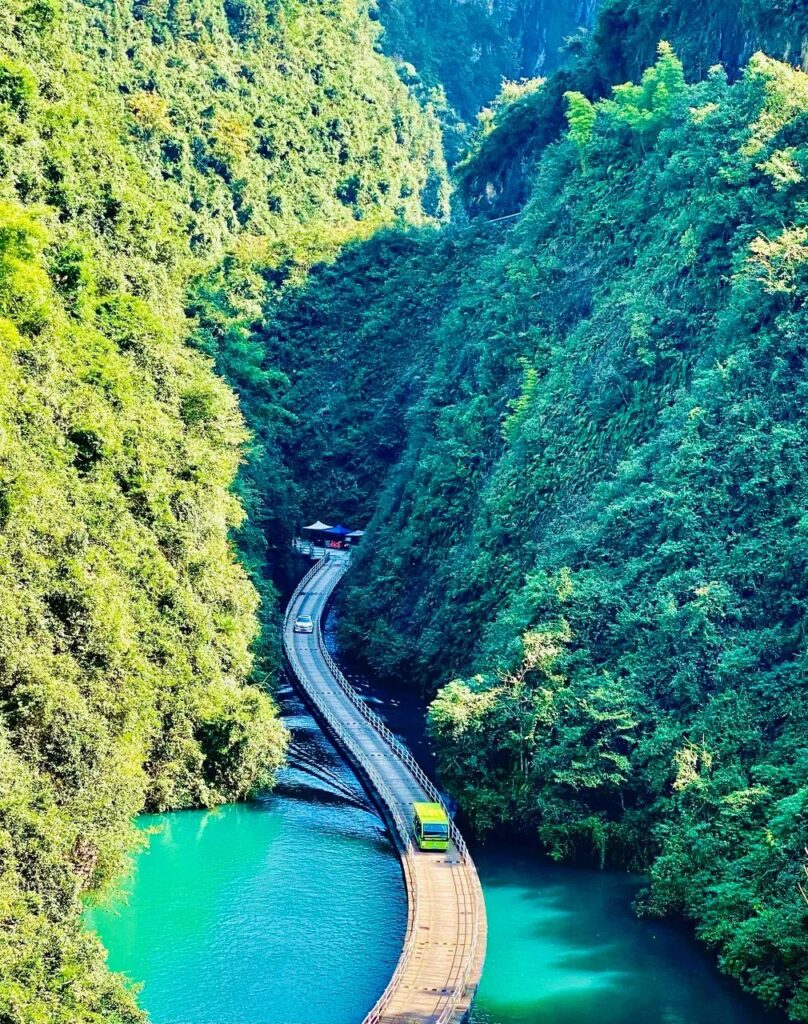
Mu’er Mountain Tea Garden
Mu’er Mountain Tea Garden is a hidden gem in Enshi. Driving through the tea garden feels like navigating a green ocean. The tea trees are arranged in rows, ascending the mountain in tiers, resembling a green “pyramid” from afar.
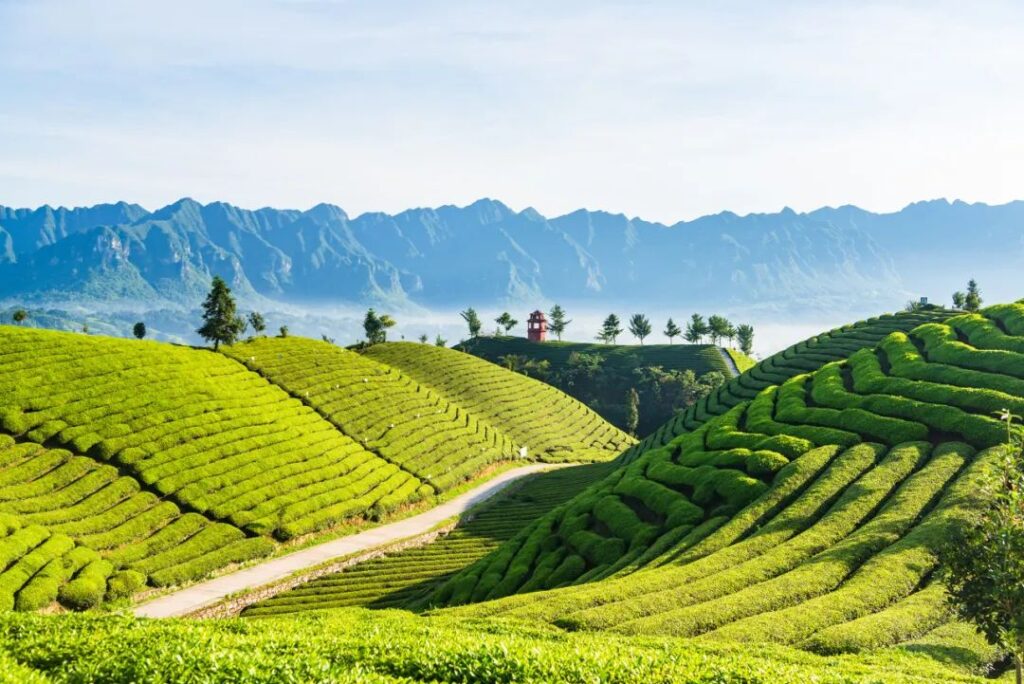
Above the tea garden, clouds dance lightly, and mountain winds push thin mist across the hills, while sunlight penetrates the clouds and mist, adding a touch of mystery and poetry to the tea mountain.
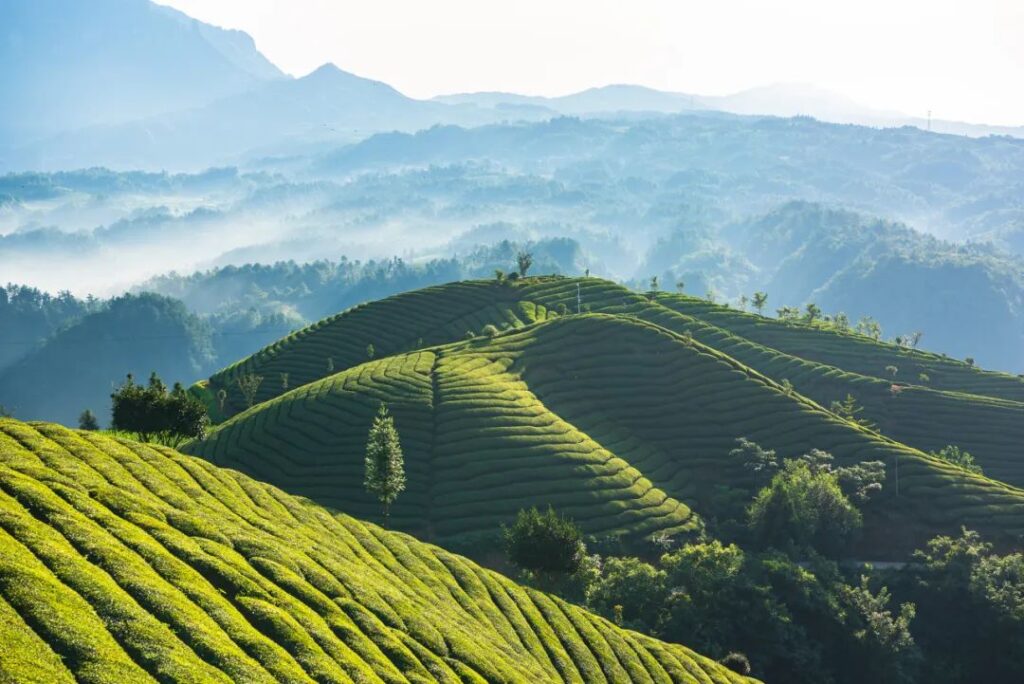
Enshi Prefecture
As the youngest and only autonomous prefecture in Hubei Province, Enshi Prefecture has been voted “China’s Most Beautiful Place” by China National Geography. It not only boasts unique natural landscapes but also has a rich cultural and historical heritage. Han, Tujia, Miao, Dong, and other 29 ethnic groups live here in harmony, together composing the colorful chapters of Enshi.
More than three hundred years ago, the Qing Dynasty scholar Gu Cai sighed with deep emotion in his “Travel Notes of Rongmei”: “People say this is a land of peach blossoms, not believing that peach blossoms could be so marvelous.” Between the lines, he expressed his infinite admiration for the strange and beautiful scenery of a certain place.
And this place is none other than “Enshi”—a magical land that gathers the essence of heaven and earth and is blessed with endless favor. The name “Enshi,” meaning “bestowed by heaven and earth,” aptly interprets the profound heritage and unique charm carried by this land.
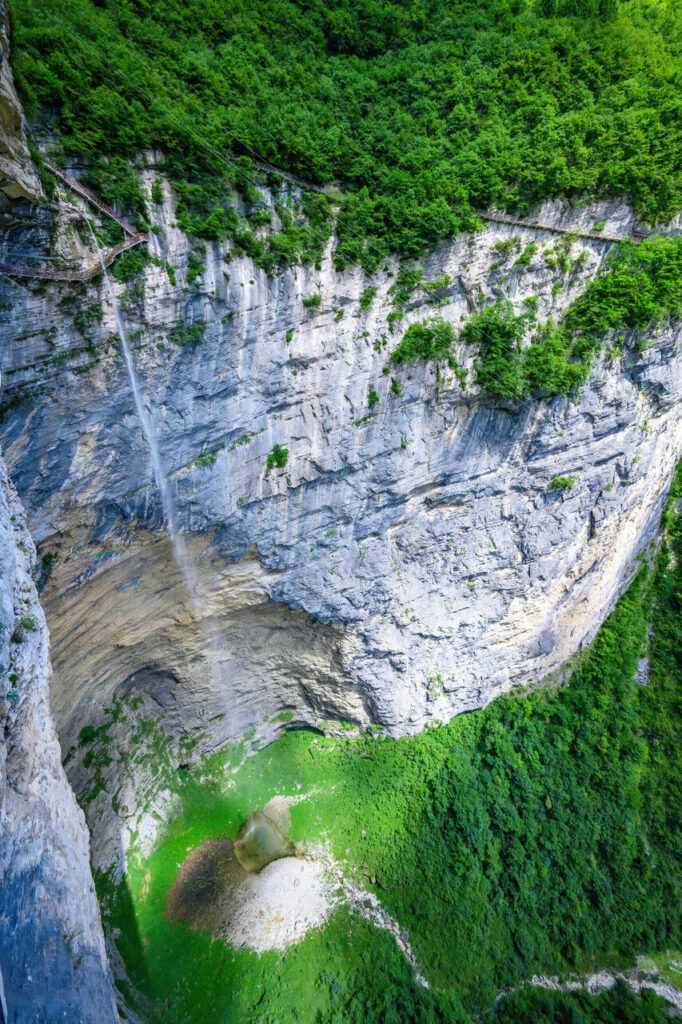
Therefore, when you have the opportunity to set foot on this land, take your time and savor it.
The wonders of nature’s craftsmanship will surely captivate your heart and make you linger. In the embrace of Enshi, feel that unique tranquility and beauty, allowing your soul to be completely relaxed and purified.
